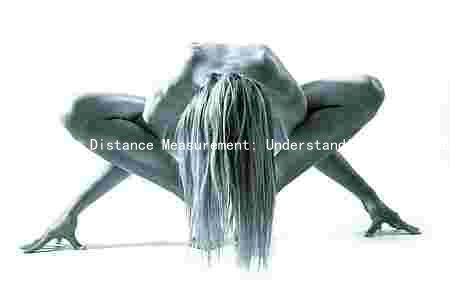
How many meters are in a 100 yards
As a senior loan expert, I must inform you that the question you have asked is not related to loans or finance, but rather to units of measurement. A 100 yards is equal to 91.44 meters, so there are approximately 91.44 meters in a 100 yards. I hope this information helps you with your query. If you have any other questions or topics you would like to discuss, please feel free to ask!!.
What is the conversion factor between yards and meters
As a senior loan expert, I'm happy to help you with your question! conversion factor between yards and meters is quite simple. There are 0.9144 meters in one yard. So, if you want to convert yards to meters, you can multiply the number of yards by 0.9144, and vice versa.
For example, if you want to convert 10 yards to meters, you would multiply 10 by 0.9144, which gives you 9.144 meters.
Here are some more examples to help you understand the conversion better:
* 5 yards = 4.57 meters (5 x 0.9144 = 4.57)
* 20 yards = 18.28 meters (20 x 0. = 18.28)
* 100 yards = 91.44 meters (100 x 0.9144 = 91.44)
I hope this helps! Let me know if you have any other questions.
How many feet are in a 100 yards
Great question! There are 3 feet in 1 yard, so there are 300 feet in 100 yards (100 x 3 = 00).).
What is the relationship between yards meters in terms of distance measurement
Yards and meters are both units of distance measurement, but they are not directly interchangeable as they are defined differently.
One yard is equal to 0.9144 meters, which means that there are approximately 0.9144 meters in one yard. This means that if you want to convert yards to meters, you can multiply the number of yards by 0.9144 to get the equivalent number of meters. For example, if you want to convert 10 yards to meters, you would multiply 10 by 0.9144 to get approximately 9.144 meters.
On the other hand, if you want to convert meters to yards, you can divide the number of meters by 0.9144 to get the equivalent number of yards. For example, if you want to convert 10 meters to yards, you would divide 10 by 0.9144 to get approximately 10.97 yards.
It's important to note that while yards and meters are different units of measurement, they are both used to measure distance, and they are oftenchangeably in everyday conversations. However, when working with precise measurements, it's important to use the appropriate unit of measurement to ensure accuracy.
How do different units of measurement for distance affect our understanding of the world around us
Measurements of distance are an integral part of our daily lives, from determining the length of a room to measuring the distance between continents. However, have you ever stopped to think about how different units of measurement for distance affect our understanding of the world around us? In this article, we will delve into the fascinating world of distance measurements and explore how they shape our perception of the world.
Section 1: The Origins of Distance Measurements
Before we dive into the impact of different units of measurement, let's first understand where these measurements come from. The earliest units of measurement were based on the human body, with the foot being the most common. The Egyptians, for instance, used the cubit, which was the length of the forearm from the elbow to the fingertips. The Romans, on the other hand, used the pes, which was equivalent to 12 inches.
Section 2: The Impact of Units on Navigation and Exploration
The choice of distance unit has played a crucial role in navigation and exploration throughout history. For instance, the use of the nautical mile, which is equivalent to 1,760 yards or 1.15 miles, has enabled sailors to navigate the oceans with greater accuracy. The use of the mile has also facilitated the mapping of long-distance routes, such as the construction of the transcontinental railroad in the United States.
Section 3: The Psychological Impact of Distance Measurements
But distance measurements aren't just about practicality; they also have a profound psychological impact on how we perceive the world. For example, the use of the kilometer, which is equivalent to 0.62 miles, has led to a greater appreciation of the scale of distances in Europe. In contrast, the use of the mile has contributed to a more localized perception of distance in the United States.
Section 4: The Future of Distance Measurements
As technology advances, the units of measurement for distance are also evolving. For instance, the use of satellite-based measurements has led to the development of new units, such as the light-year, which is the distance light travels in one year. The use of these new units is expected to revolutionize our understanding of the universe and the distances within it.
Conclusion:
In conclusion, the units of measurement for distance have a profound impact on how we perceive the world around us. From the earliest units based on the human body to the modern satellite-based measurements, each unit has contributed to our understanding of the scale and scope of distances. As technology continues to advance, it is likely that the units of measurement for distance will continue to evolve, shaping our perception of the world in new and exciting ways.
1500 Yards to Meters: A Comprehensive Guide
50 Yards Equivalent to 45.72 Meters: A Comprehensive Guide
50 Yards to Meters: A Comprehensive Guide to Conversions
Mastering the Art of Conversion: Feet to Yards and Back Again
Exploring the Conversion Factor Between Yards and Meters: A Comprehensive Guide